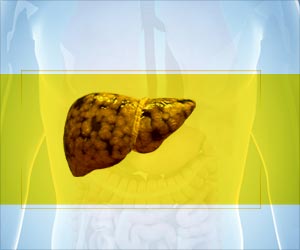
Non-alcoholic fatty liver disease (NAFLD) is the most common pediatric liver disease, affecting 5 to 8 million children in the United States. In NAFLD, the cells of the liver store large fat droplets, which can affect the function of the liver.
Physicians have long observed a relationship between NAFLD and type 2 diabetes in adults, but much less is known about a similar connection in children.
Fatty Liver In Children Makes Cells Unresponsive To Insulin
The rates of type 2 diabetes have doubled in children over the past 20 years. Children with NAFLD have features of insulin resistance, a key characteristic of type 2 diabetes, and so may be at risk for developing the disease.
‘Be aware of the risk and provide monitoring, anticipatory guidance, and lifestyle interventions that prevent the development of type 2 diabetes in children with fatty liver disease.’
Advertisement
READ RELATED: Guidelines For Type 1 Diabetes Issued
They found that among 892 children with NAFLD enrolled in the Nonalcoholic Steatohepatitis Clinical Research Network, type 2 diabetes was present in 6.6 percent of the children at initial assessment, with the incidence rate increasing 3 percent annually over the next four years.
This is alarming because type 2 diabetes in youth is a much more aggressive disease than in adults, with more immediate and serious complications and outcomes.
They also identified specific factors that increase the risk of type 2 diabetes in children with NAFLD: sex (females were more likely to develop type 2 diabetes), the severity of obesity, and the amount of fat and scar tissue in the liver. These findings have clinical implications for gastroenterologists caring for children with NAFLD.
Source: Medindia
Advertisement
Source:





